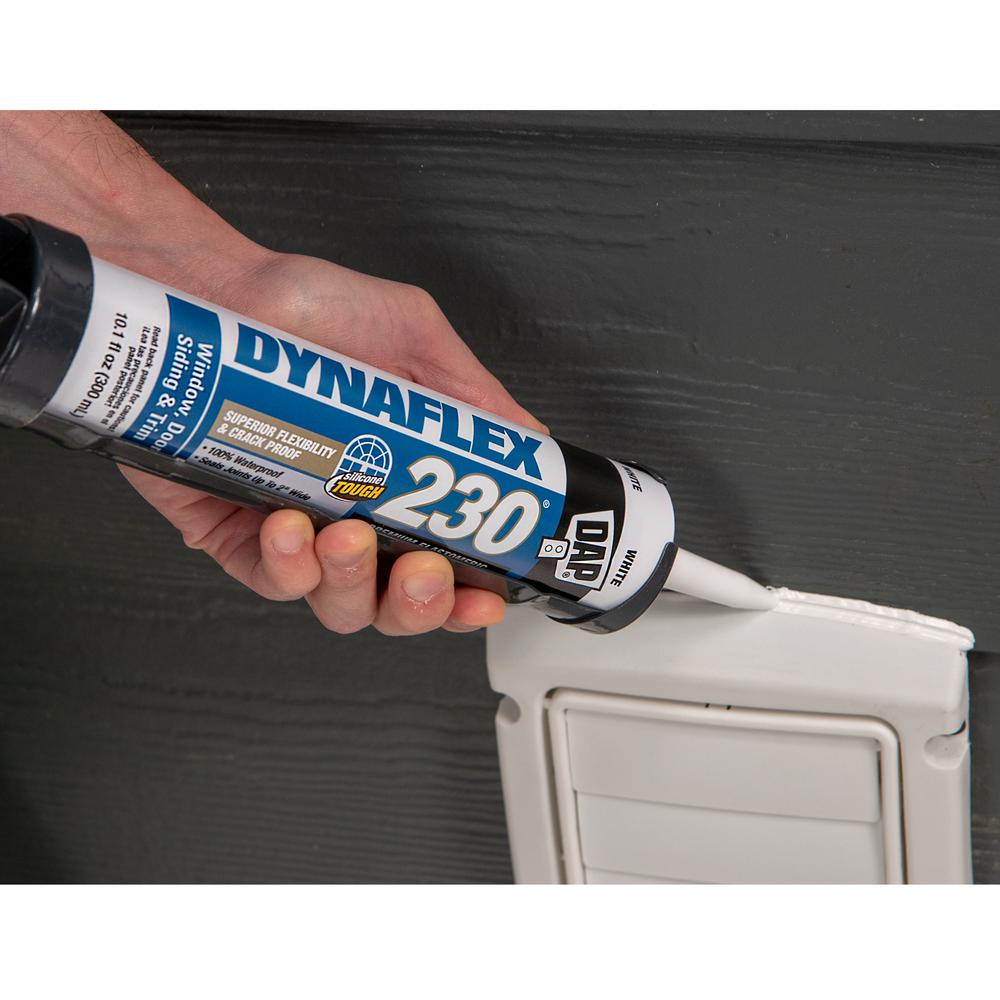It needs to move and breathe.
Calking damp siding.
Specialty caulks are also an option designed to complete specific tasks.
It has a grainy texture and appearance.
A caulk gun can come with nozzle cutters or a swing out wire to puncture caulk tube seals.
Think of a wood home as a living thing.
As soon as.
Caulking them is a mistake and the caulking is likely to fail prematurely.
In my opinion caulking between the seams in any lapped siding either horizontal or vertical is not good practice but not just because of any potential vapor barrier effect.
Sanded caulk has particles in it that help it adhere to wet surfaces and expand in larger gaps without cracking.
If the siding joint is so tight that the caulk only bridges the gap it may split again.
Some of the most commonly caulked areas of siding include both corners and crevices as well as some butt joints and window and door trim boards.
The rot is often found when homeowners decide to install a.
You ll want to apply this kind in wet areas around sinks or tubs to keep water from leaking and pooling on the floor.
Simply attach strips of painter s tape along both edges of the seam approximately 1 8 away from the seam itself.
While paint does tend to somewhat glue these pieces together caulking them is never advised and can cause permanent damage.
Like windows cracks and gaps between a door and the siding or threshold permit water to enter making them prime spots for wood rot.
Sometimes the old caulk in the siding joint is cracked and you need to cut the old caulk out with a razor knife.
Then run the bead of caulk and smooth it off as described above.
Silicone caulk is best for nonporous surfaces only and is a great choice for gaps or cracks that may expand or contract.
The siding expands and contracts with temperature and humidity.
Siding caulk can be used on several different areas of your exterior siding to help prevent water damage and moisture buildup.
Unsanded caulk has a smooth appearance and texture.
Caulking the bottom.
Use sanded caulk any time you use sanded grout and in joints 1 8 inch or wider.
It ll help you make a uniform bead but once you get the hang of it you might be able to do just as well with a wet finger.
These siding joints can be caulked successfully if the gap is wide enough for the caulk to get into the crack.

